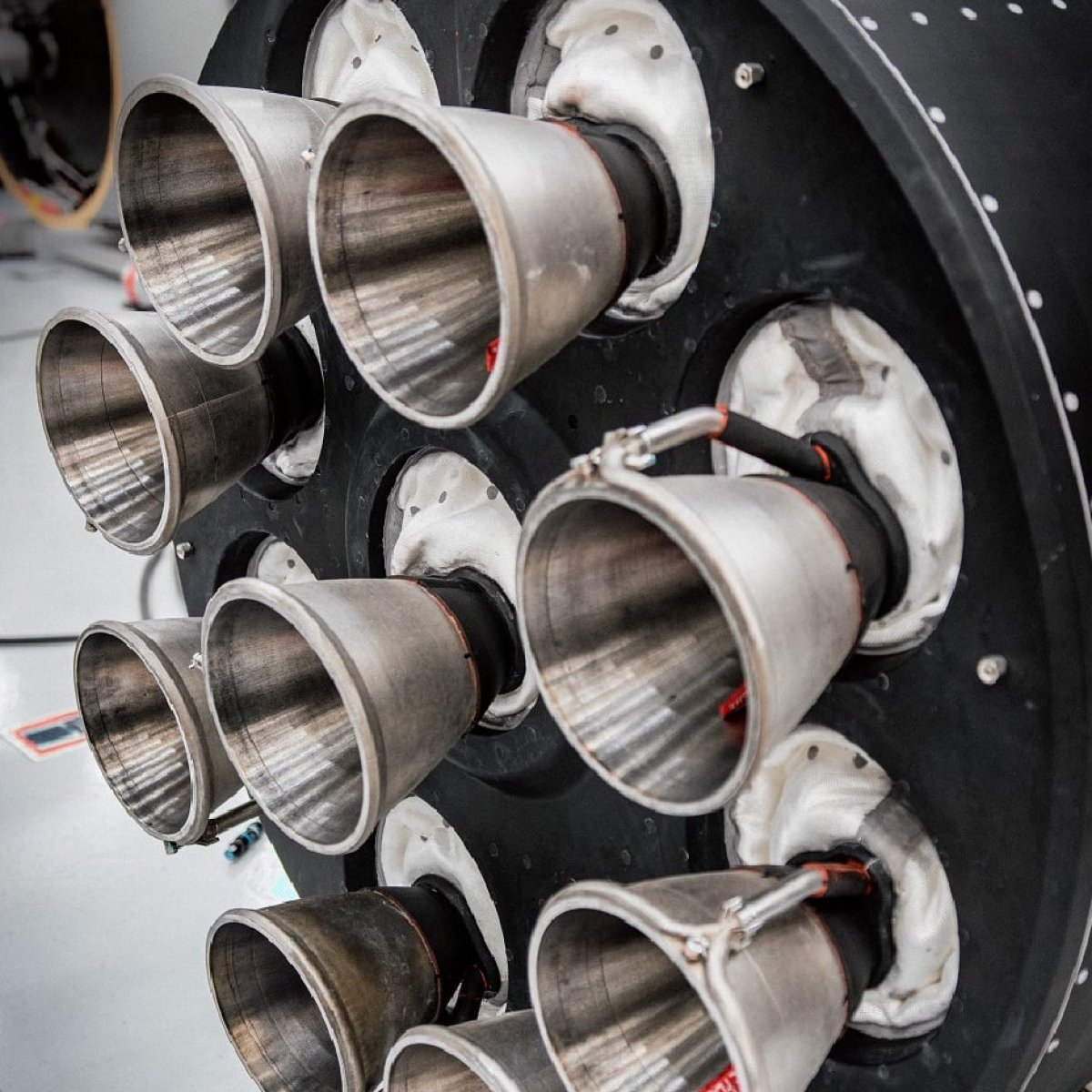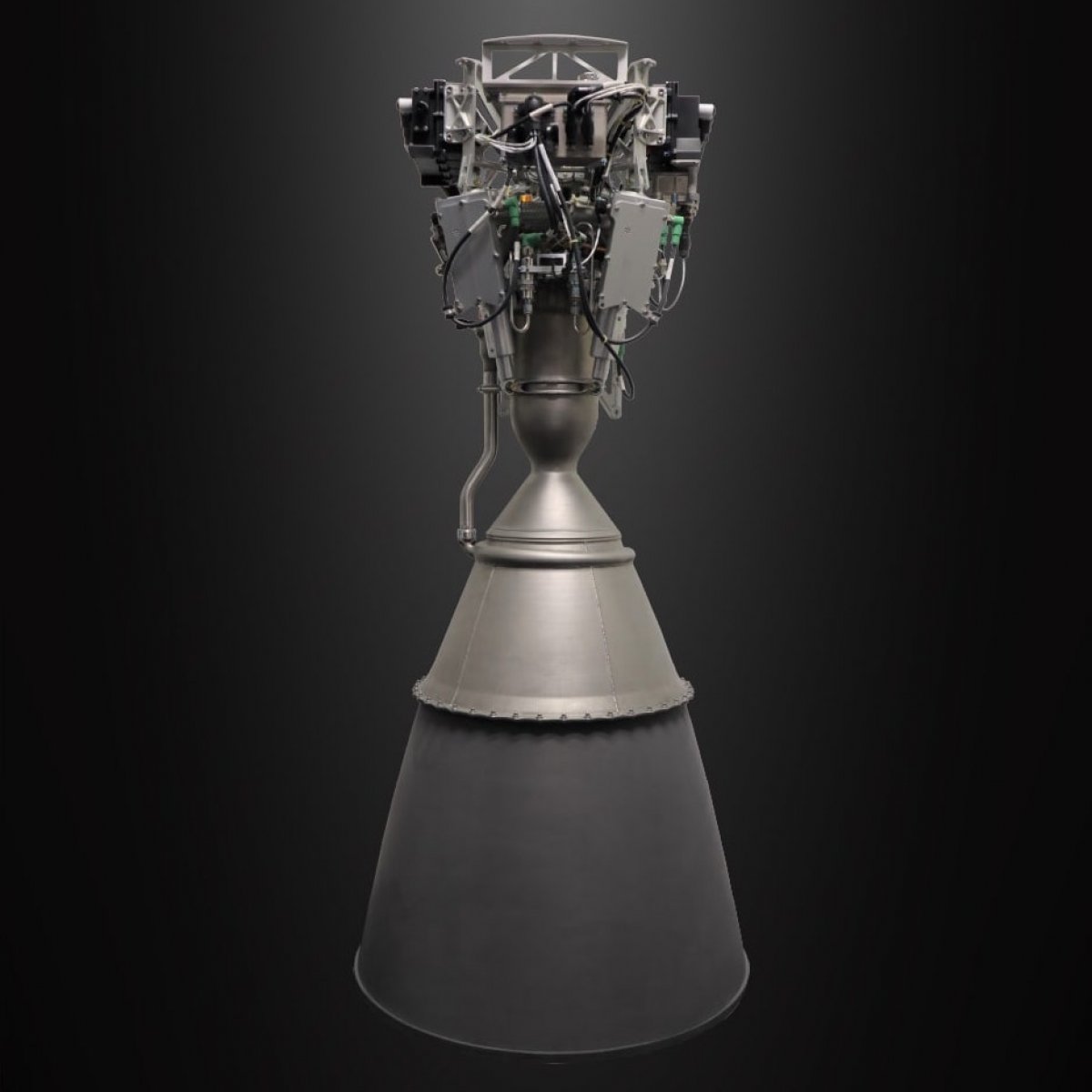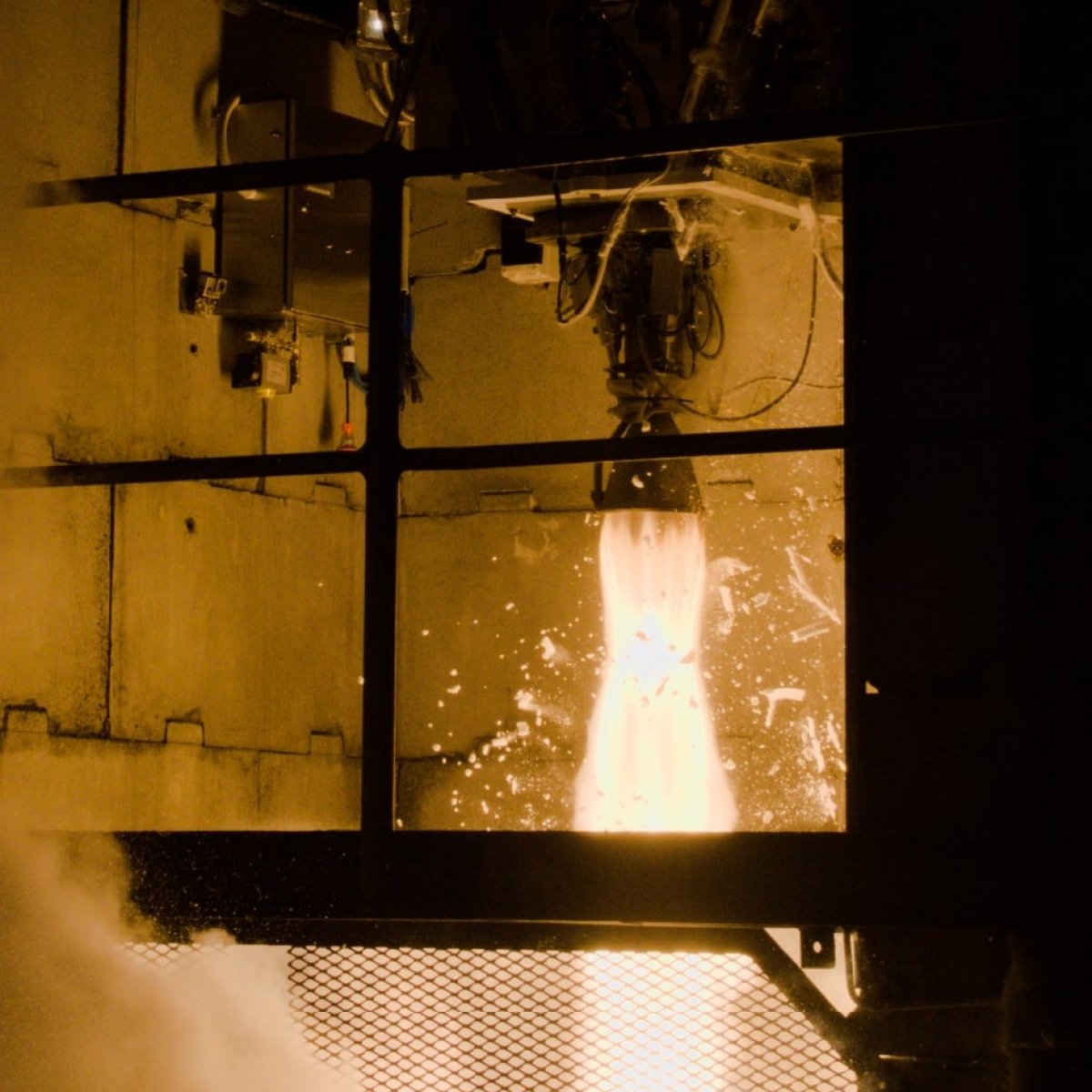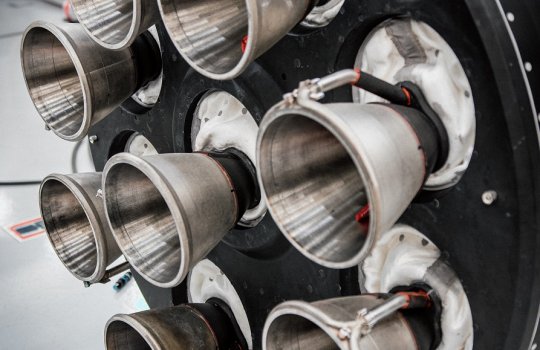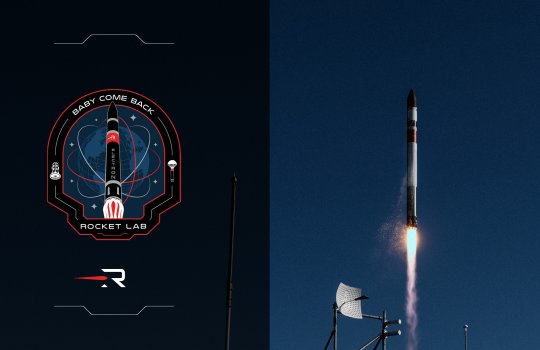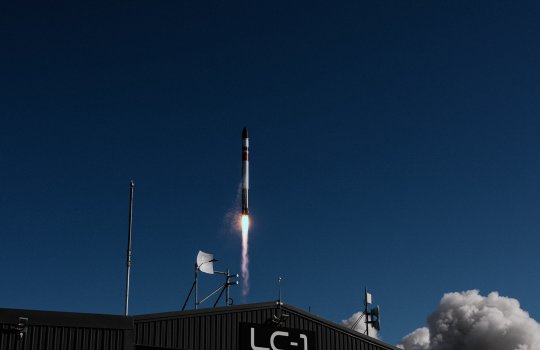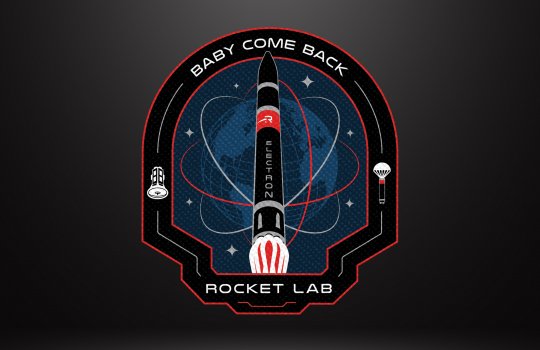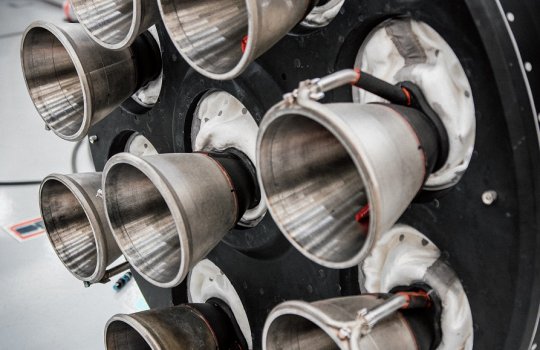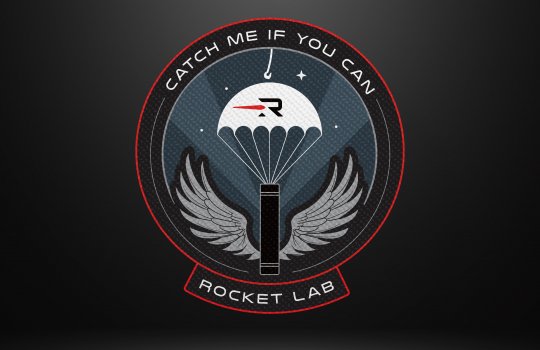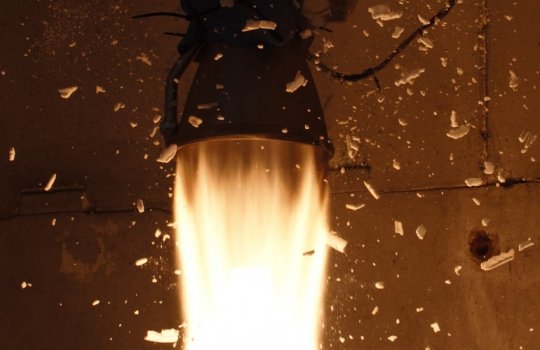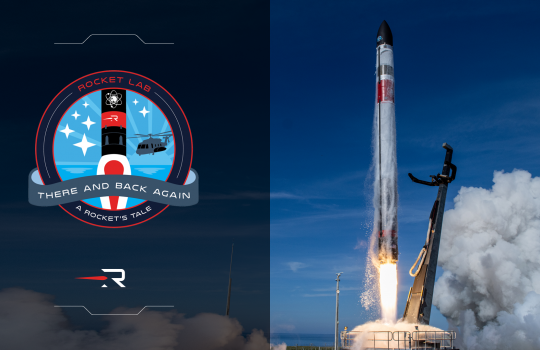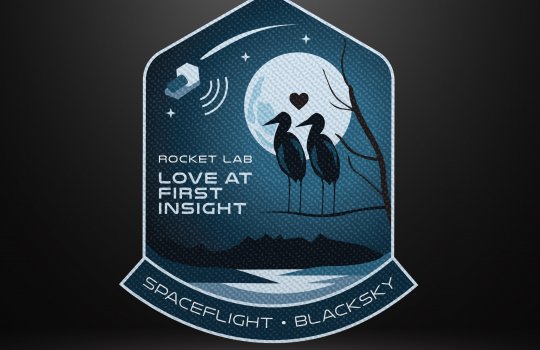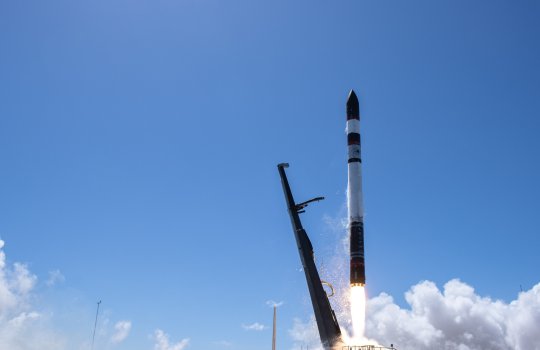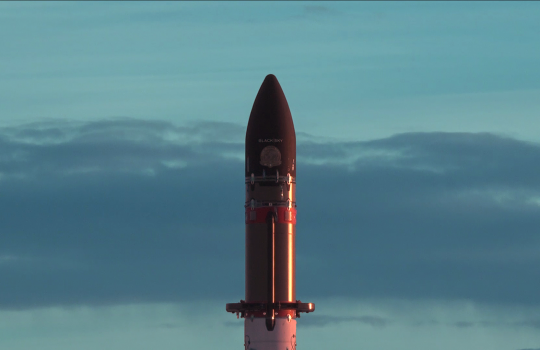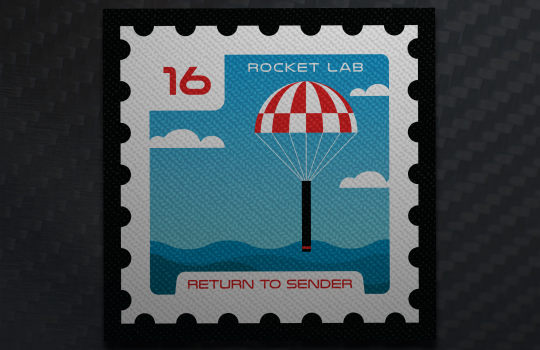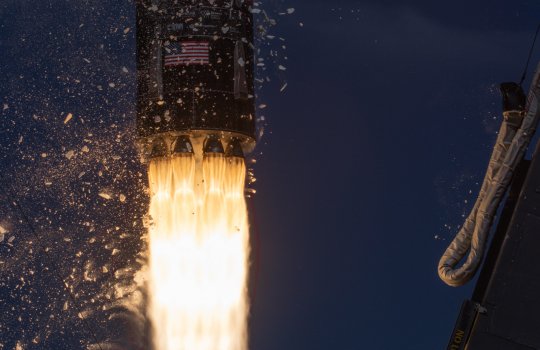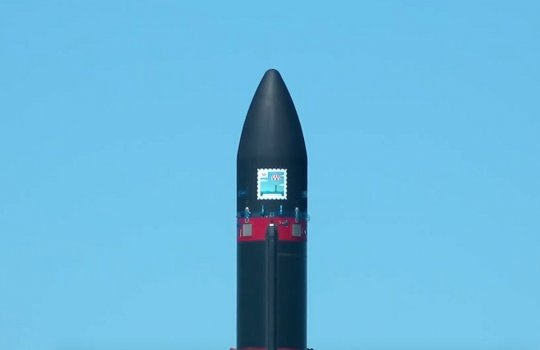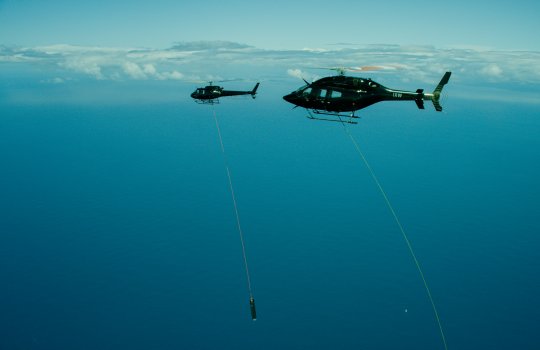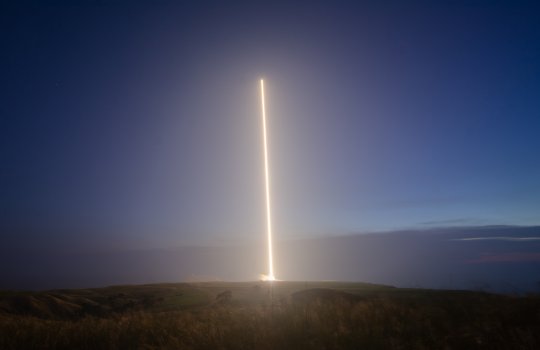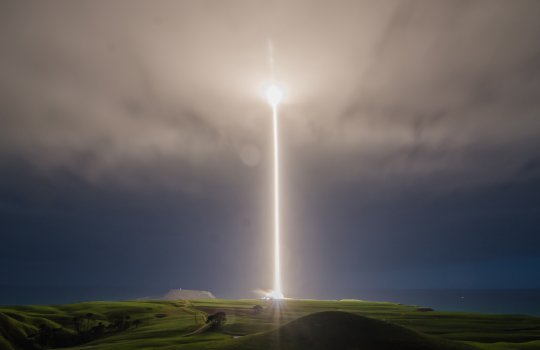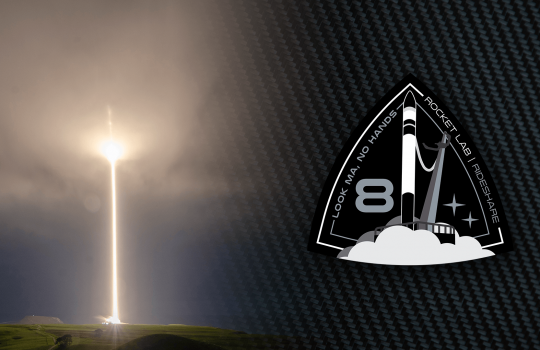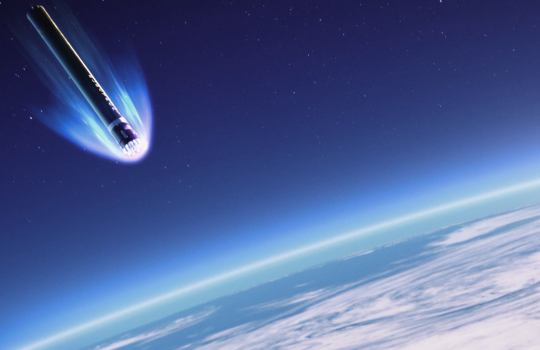Reusable Rockets
The world's first reusable orbital small rocket
Electron is already the world's most frequently launched small rocket annually. Now we're making it the world's first reusable orbital small rocket too.
By reusing Electron's first stage, the largest part of the launch vehicle, we aim to increase our already industry-leading launch cadence and further drive down launch costs.
Launch, Splash, Repeat
As a small rocket, Electron doesn't have the mass margins of larger reusable rockets, so propulsive landing is off the cards. Instead, we equip Electron's first stage with a parachute to slow its descent from space back to Earth, where it splashes down in the ocean for collection by marine vessel and transport back to our production complex for refurbishment, ready for the next flight.
Electron Overview
Electron Length: 18m / 59 ft
Payload Mass: 320 kg
Stages: 2 + Kick-Stage for on-orbit maneuvering
Stage 1 Engines: x9 Rutherford
Stage 2 Engine: 1x vacuum optimized Rutherford
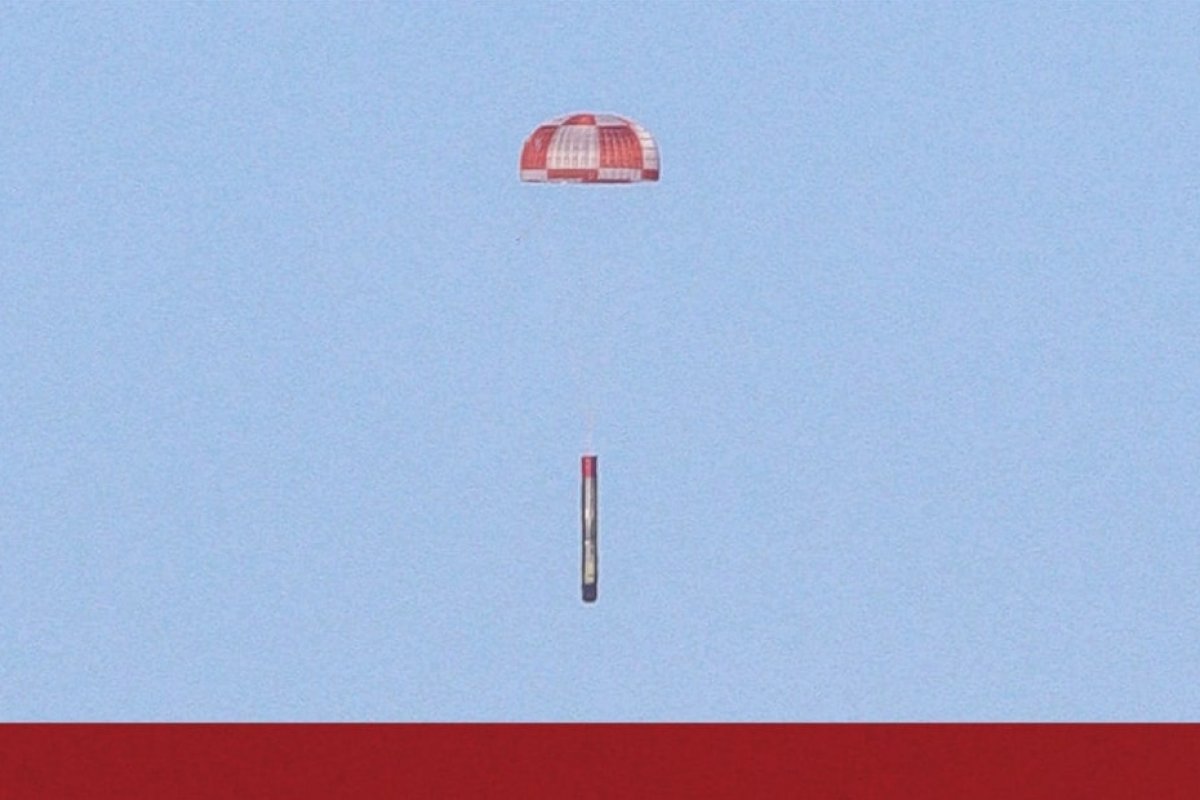

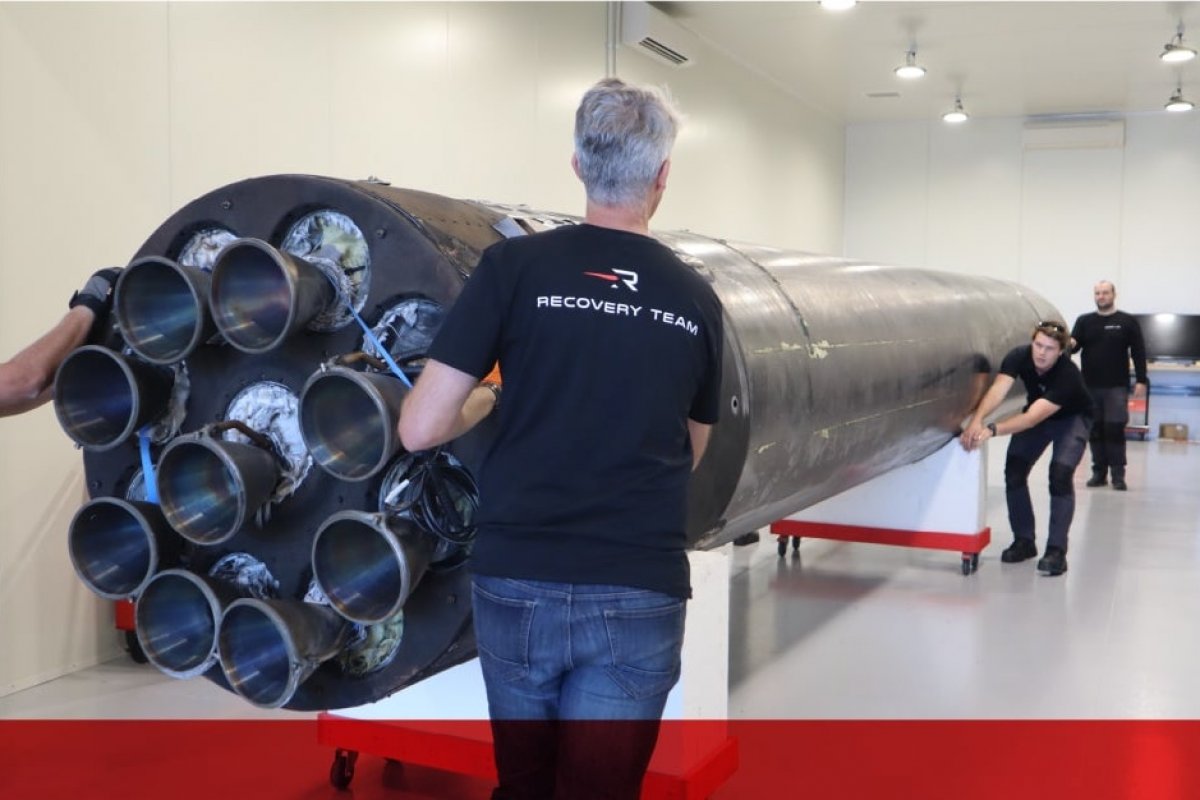
Here's How We Do It

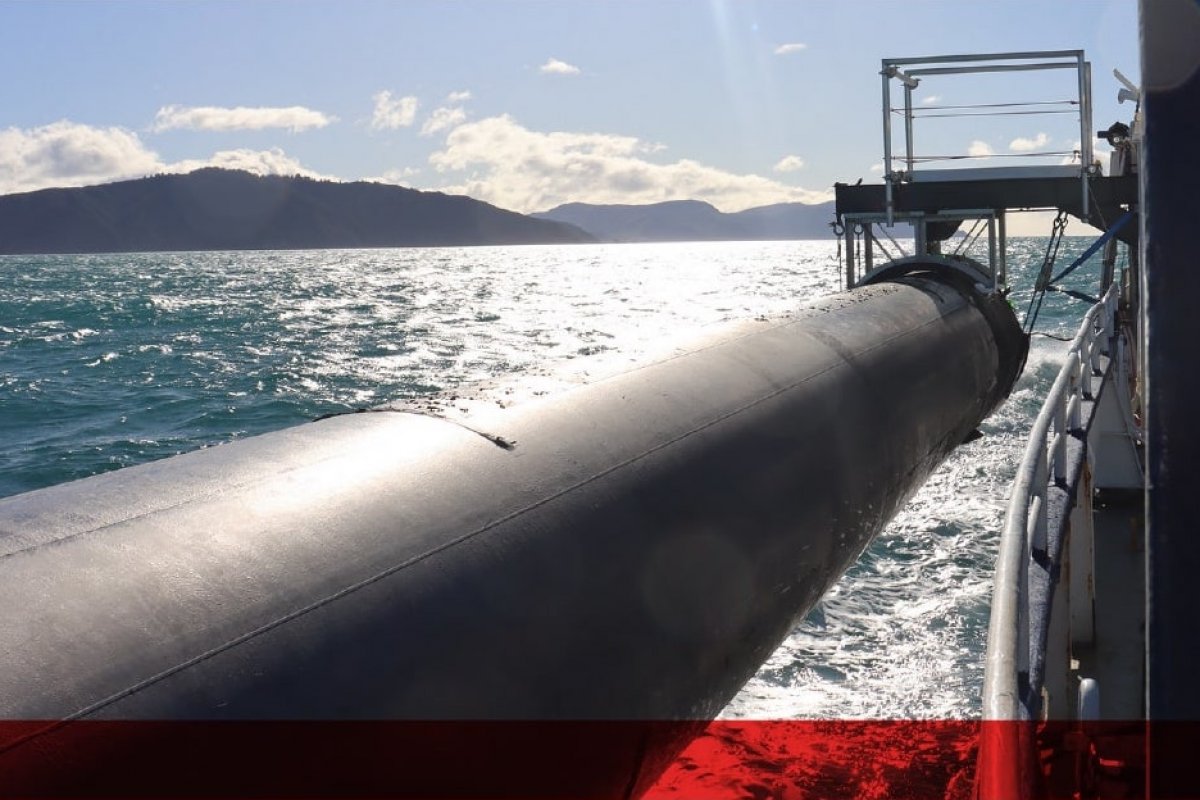
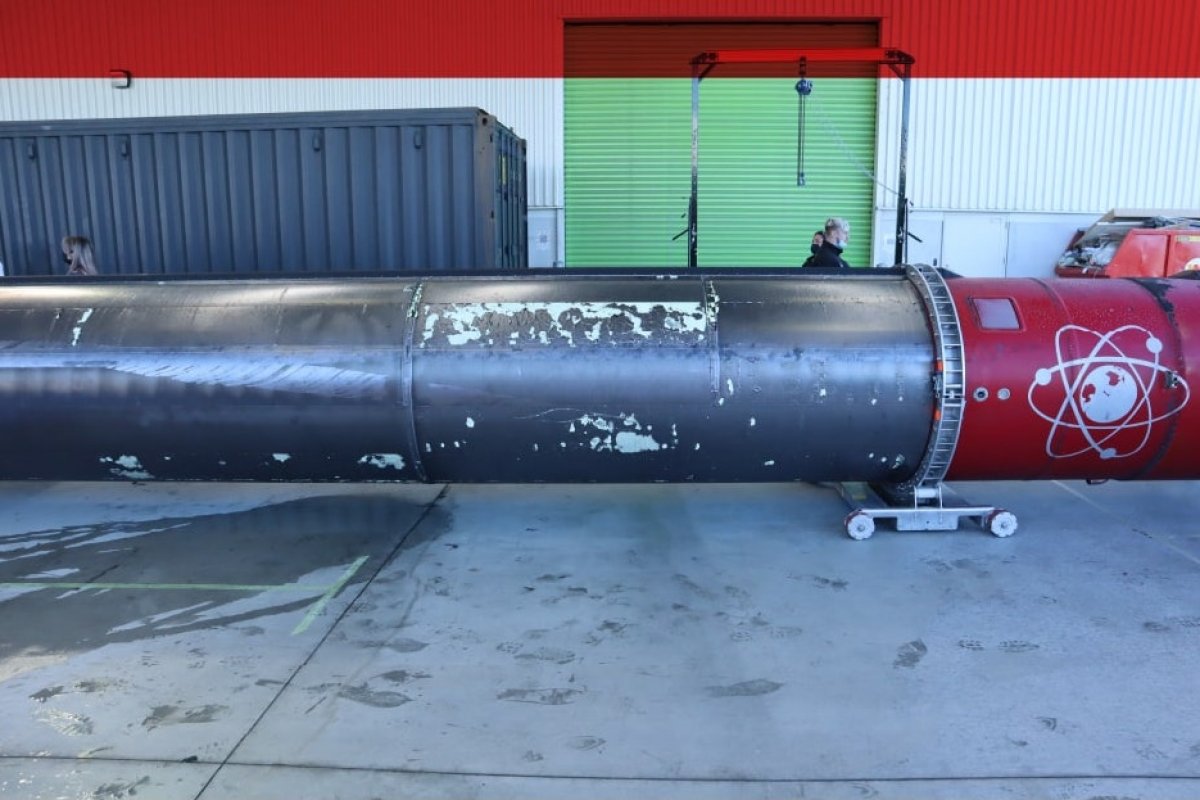
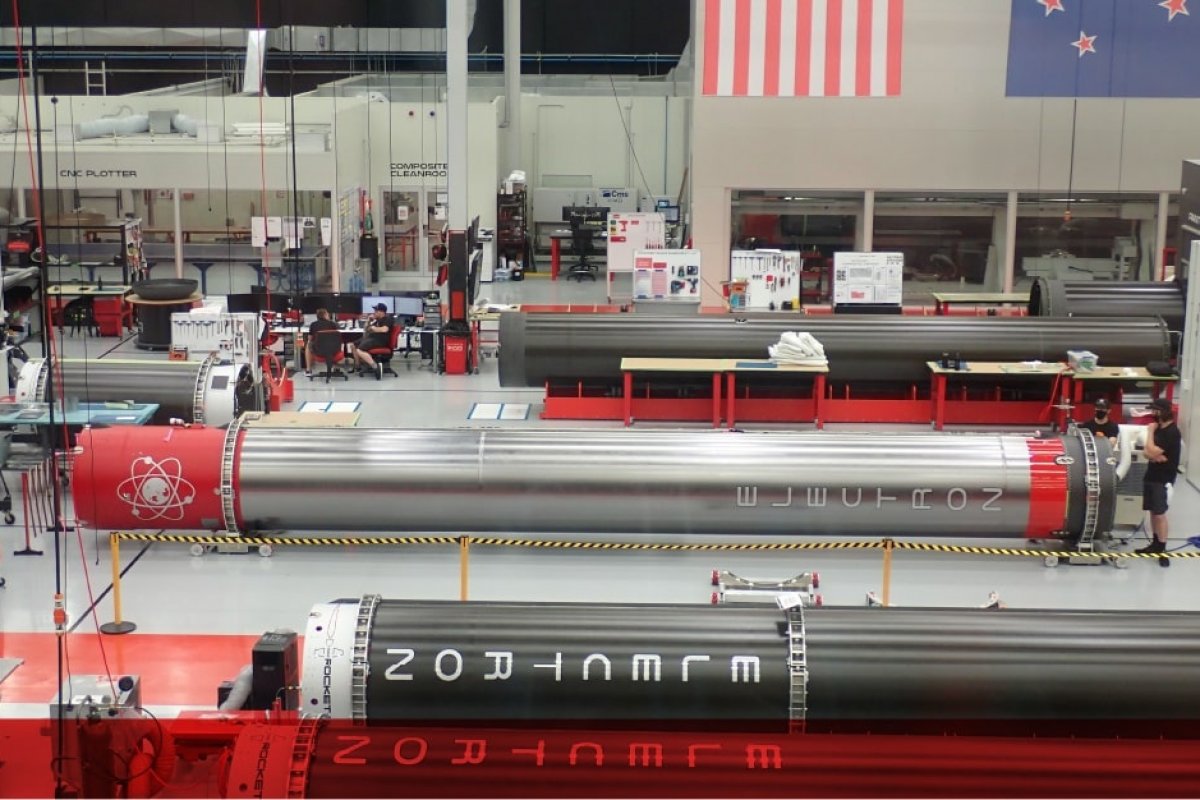
Latest Electron Reusability News
Our Reusable Medium-Lift Rocket
The future of space will include constellations of satellites, important national security missions, and human exploration beyond Earth’s orbit. To meet those demands - like we did with Electron - we’re building Neutron to launch fast, frequently, and affordably to deliver those missions.
Reusability is key to Neutron’s development and included in every aspect of the rocket’s design.
Neutron Performance & Reusability
- 8,000 kg to LEO, return to launch site landing.
- 13,000 kg to LEO, downrange landing.
- 15,000 kg to LEO, expendable.
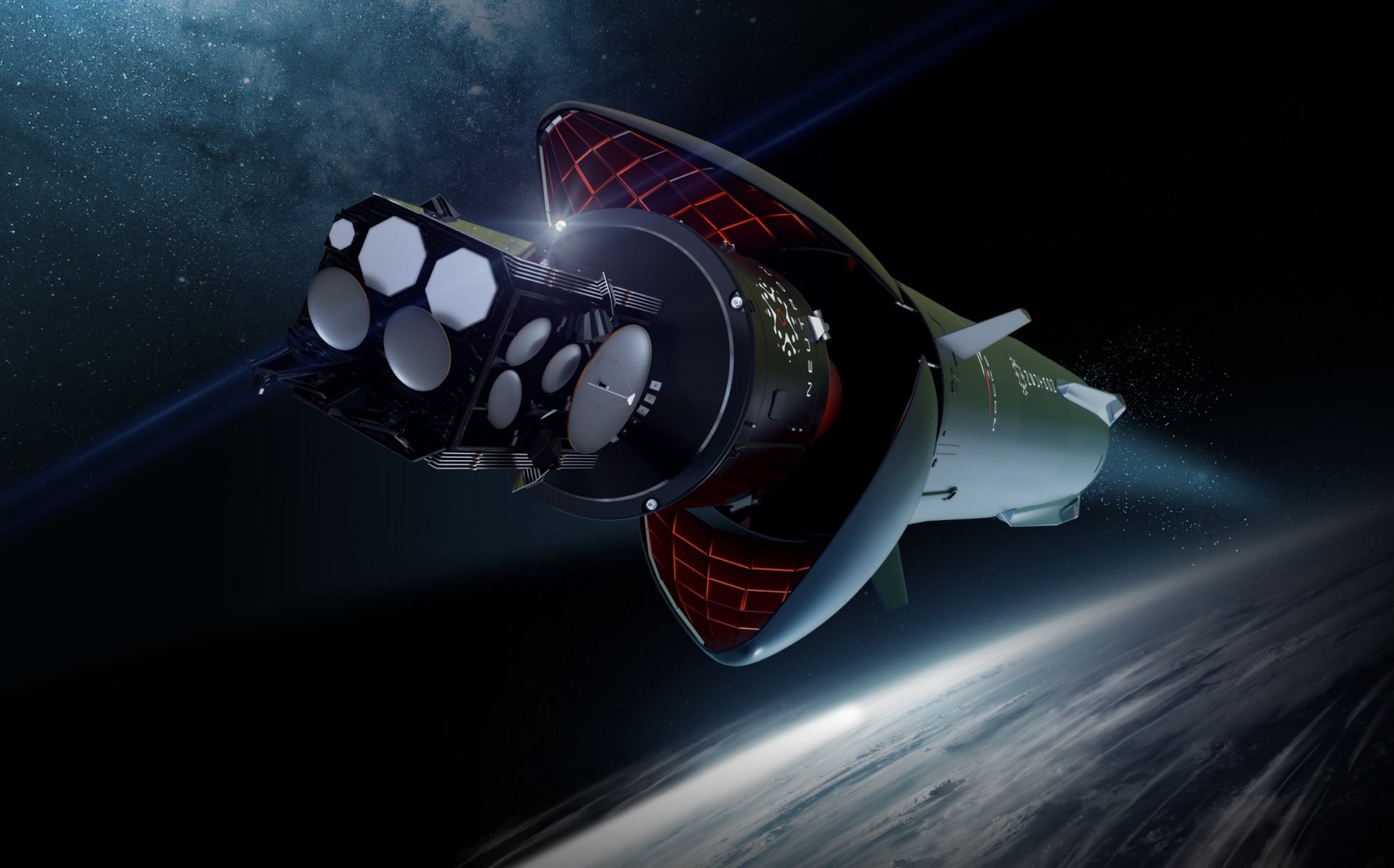
Neutron's
Reusable Architecture
- Remains fixed to Neutron’s Stage 1, opening to deploy Neutron’s Stage 2 and payload within, so that what lands back on the launch pad is a complete Stage 1 with fairings attached. This eliminates the high cost of expending or capturing and reusing fairings.
- Comprised of a new, advanced carbon composite material that is lightweight, strong, and can withstand launch and re-entry pressures.
- Aerodynamic design that optimizes Neutron for re-entry stability, descent control, and landing.
- Canards to control atmospheric re-entry.
- TPS to protect from the heat and pressures of launch and re-entry and to enable rapid reusability.
- All nine Archimedes engines on Neutron’s Stage 1 are designed to support multiple launches and re-flights.
- Deep throttle ability for multiple engine burns in orbit and for propulsive landings.
- Simplicity where it matters: Archimedes employs an oxidizer-rich closed cycle that allows the engine to operate at lower temperatures and pressures when compared to gas generator engines – improving engine life and reusability
- Neutron will launch and land at its own downrange sea barge then delivered back to the launch pad at Rocket Lab Launch Complex 3, within the Virginia Spaceport Authority’s Mid-Atlantic Regional Spaceport on Wallops Island, Virginia.

Reusable Rocket Engines
Our innovative, 3D-printed rocket engines are designed for robustness and reliability to support a high-rate production and fast launch cadence.
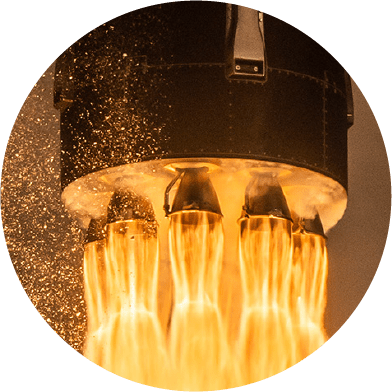
Stage 1
9 Rutherford Engines
Liquid Oxygen/Kerosene propellants
Lift-off Thrust: 190 kN (43,000 lbf)
Peak Thrust: 224 kN (56,000 lbf)
Stage 2
Single Vacuum Rutherford Engine
Vacuum Thrust: 25.8 kN (5,800 lbf)
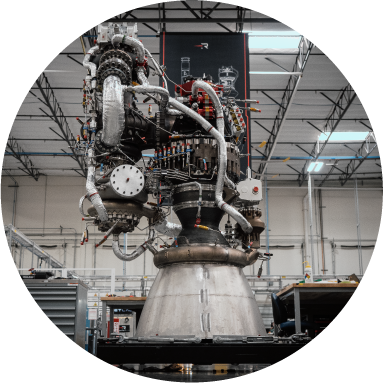
Stage 1
9 Archimedes Engines
Liquid Oxygen/Methane Oxidizer Rich Closed Cycle
Lift-off Thrust: 6,800 kN (1,530,000 lbf)
Peak Thrust: 7,300 kN (1,640,000 lbf)
Stage 2
Single Vacuum Archimedes Engine
Vacuum Thrust: 890 kN (200,000 lbf)
